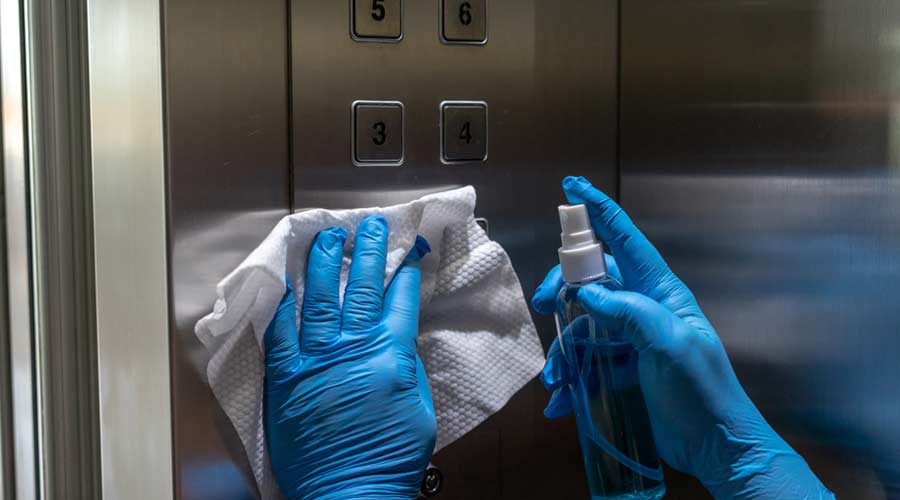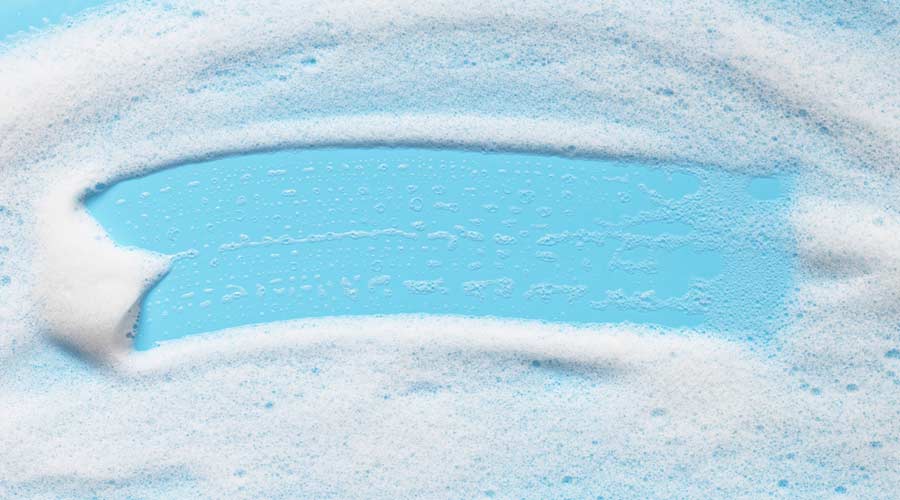
Submitted by Gary A. Penrod
From time to time, I hear my colleagues and friends in buildings services discussing the future of the industry, citing the evolutionary changes brought about during the past 20 or 30 years. To be sure, the evolution has and continues to be in motion as everyone has learned how to accomplish cleaning tasks better and much more efficiently than in even the recent past.
For example, robotics have already made their debut. I think that we can expect to see more and more about how robots can be used for what has always been a labor-intensive industry. Smart buildings, too, are making their mark through use of durable building materials that maintain their appearance without the labor- intensive means of the past. Even auto-clean restrooms are on the horizon.
Meanwhile some experts have theorized that the industry will undergo a massive transformation as large contract cleaning companies continue to acquire many of the smaller companies, consolidating the industry.
What does all of this mean for those of us that are associated with the industry?
First, robots. I think that they are here to stay, even though they are not yet providing the expected labor relief across cleaning tasks or types of buildings. The 2020 pandemic and the labor shortages that followed caused more interest in developing robotic cleaning, even in smaller, more densely populated spaces. It will happen, and its effect will be significant, but not necessarily profound for years to come, in my opinion. However; keep an eye on this trend.
Second, smart buildings are becoming more common as time passes and new buildings are constructed. Renovation of older buildings can be converted and upgraded to smart buildings. What is a smart building? These facilities encompass technology, office design, building materials that include, flooring, walls, restroom design and materials, HVAC systems that provide clean air and less dust.
It’s just the beginning; there is much more to come. I think that it is a safe bet that in the very near future we will see more efficient, safer, buildings that are designed with an open concept and a population density factor of about 250-300 square feet per person instead of the 150-175 square feet per person of years past.
Third is industry expansion and consolidation. The building services industry has evolved since its inception (many put its inception in the USA at the end of World War II). The evolution, when viewed in retrospect, is significant. Its size has increased many times over, now at what many believe to be between $80 and $90 Billion per year in the US alone. As building types and services provided expand, the annual industry growth is about 5 to 6 percent. It remains a fragmented industry; with about 70 percent of those engaged in the US industry having annual revenue under $3 Million. Overall, the industry has not only grown in scope; it has grown in sophistication.
Some industry insiders believe that, as the acquisition rate increases, especially with celebrated regional or national companies, it is headed for industry consolidation. Add to that increased investor interest in the industry due to the industry’s stability, recession resistance and monthly recurring income. I am not convinced that consolidation will happen within the lifetime of those actively engaged in the industry now (2025), if ever. As one company is acquired, another is born; and the beat goes on. It is fertile ground for budding entrepreneurs. I believe the industry will continue to evolve and will continue to respond productively to economic and calamitous events, continuing its evolutionary process.
I, for one, enjoy being associated with the buildings services industry and look forward to seeing what is in store for us down the road. I remain optimistic. Stay Tuned.

 The Down and Dirty on Cleaning in Virus Season
The Down and Dirty on Cleaning in Virus Season How Surfactant Use is Expanding in Commercial Cleaning
How Surfactant Use is Expanding in Commercial Cleaning